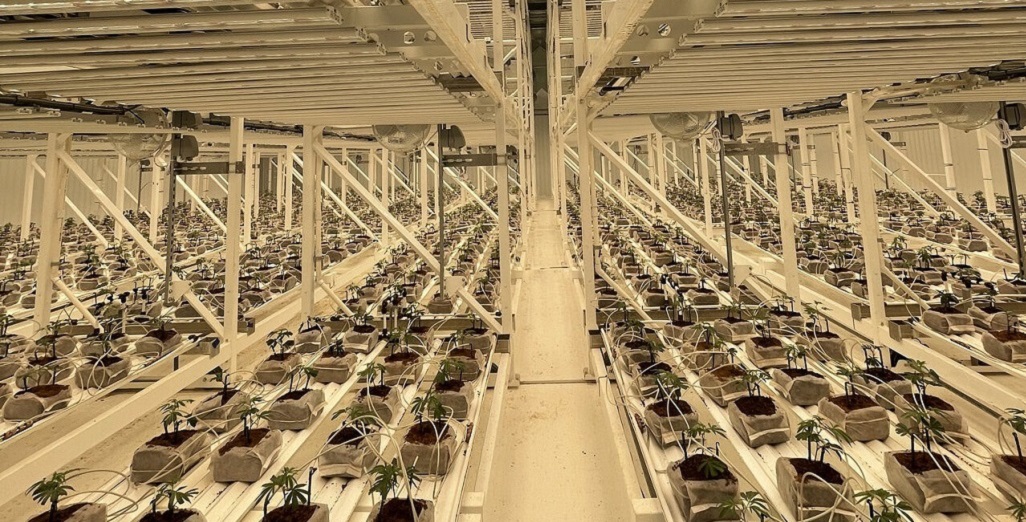Sign up here to subscribe to the Grower2grower Ezine. Every two weeks you will receive new articles, specific to the protected cropping industry, informing you of industry news and events straight to your inbox.
Apr 2018
Re-using your Substrate,
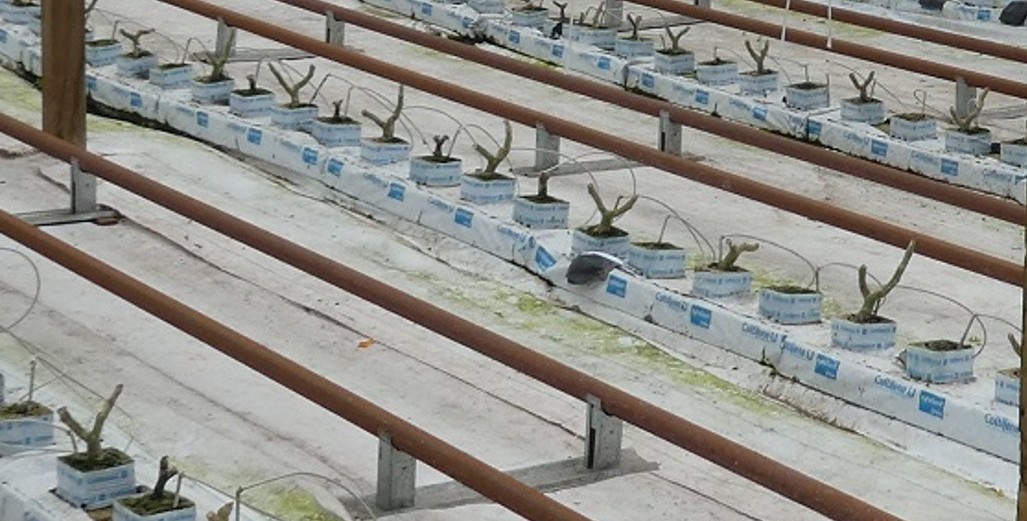
Re-using your Substrate,
It can be risky re-using substrates. It is something I don’t normally recommend but, in some cases, it may work.
There are several things to consider if you plan on re-using substrates, firstly, what was your disease pressure like from the previous crop? I had a grower who wanted to reuse his substrates after bacterial canker had infected his tomato crop, I strongly recommend that the substrate MUST be changed. It proved to be the correct decision, with a very intensive clear out and cleaning programme the bacterial canker did not returned. If the same substrate was used I fear it would have returned and at a much earlier stage in the proceeding crop.
Second year substrates will have the previous years roots systems filling up the bag. It will have more organic matter so must be treated differently, this in itself will change the irrigation strategy, especially in the beginning. I knew of a grower that used rockwool for three consecutive years!! The water content was almost 95% throughout the slab (stone-wool) as the root systems had nearly completely filled all of the space in the slab. It makes it extremely hard to control, reducing the ability to dry the slab appropriately, potentially this exposes the plant to more root disease pressure.
Using chemicals to treat your substrate between crops is thwart with possible danger. In the past 10 years I have seen at least 5 instances where crops were either lost or severely damaged due to this practice. The worst was a crop that dampened off just after planting, on closer inspection there was new substrate mixed in with second year substrate, not one plant died in the new substrate but well over 70% died in the second-season substrate. If you are thinking of growing in the same substrate more than once (or more than one year), then be very careful what you use to treat the substrate with in between planting. If you feel there is the need to use a chemical then you must think there is potentially a problem with your substrate
This is the third crop to be planted on these slabs, the two previous were tomatos
The case, in the video, shows substrate being reused. The first and second crops grown on the substrate were grafted tomato crops' and the third is going to be a cucumber crop. As these are different ‘families’ there is little risk of root disease cross contamination. Cucumbers can be grown in slightly higher water content levels so it makes sense to grow first season tomatoes and second season cucumbers. You can also see that the old blocks, from the tomato crop, have not been removed and the cucumbers are planted in between in the old blocks. If the slab still looks ok in four months this grower will then remove the old blocks that had the tomatoes and replant a second crop of cucumbers in that area of the substrate. It is much easier to remove the old blocks once the roots have died, they come out of the substrate much easier causing a lot less damage to the substrate, allowing for a nice flat surface for the blocks to marry onto the old plant holes.
I appreciate your comments. Please feel free to comment below or on the grower2grower Facebook page:
https://www.facebook.com/StefanGrower2grower/
Article Written by Stefan Vogrincic, Consultant, Grower2Grower
CLASSIFIED
Subscribe to our E-Zine
More
From This Category
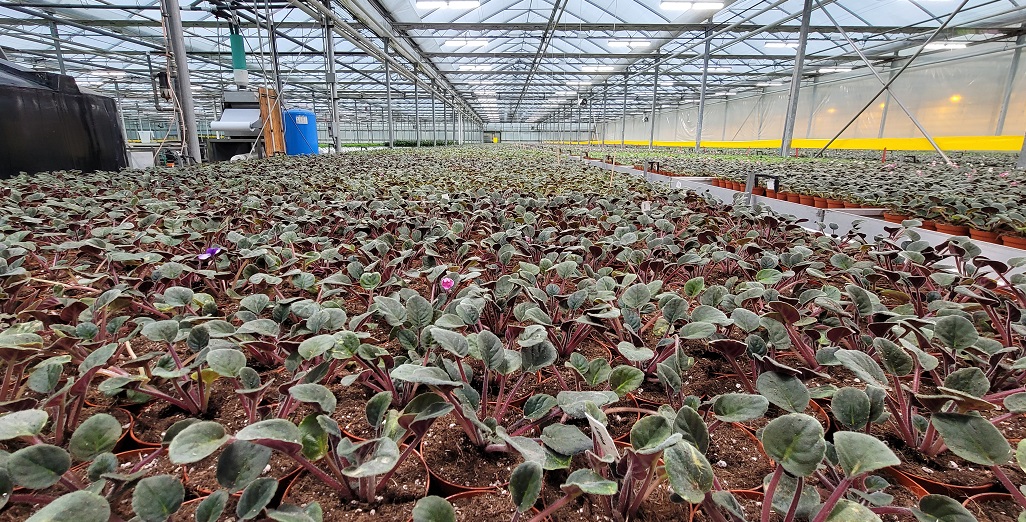
Free Webinar on Controlling Waterborne Pathogens in Greenhouses

Whitepaper elaborates on safe recirculation of irrigation water
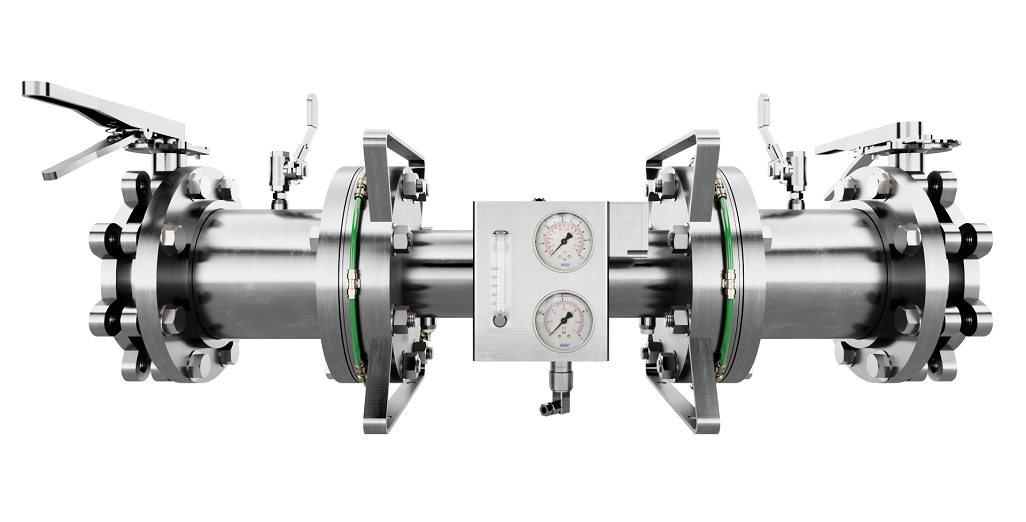
Introducing Moleaer’s Trinity: Revolutionizing Agriculture with Advanced Nanobubble Technology
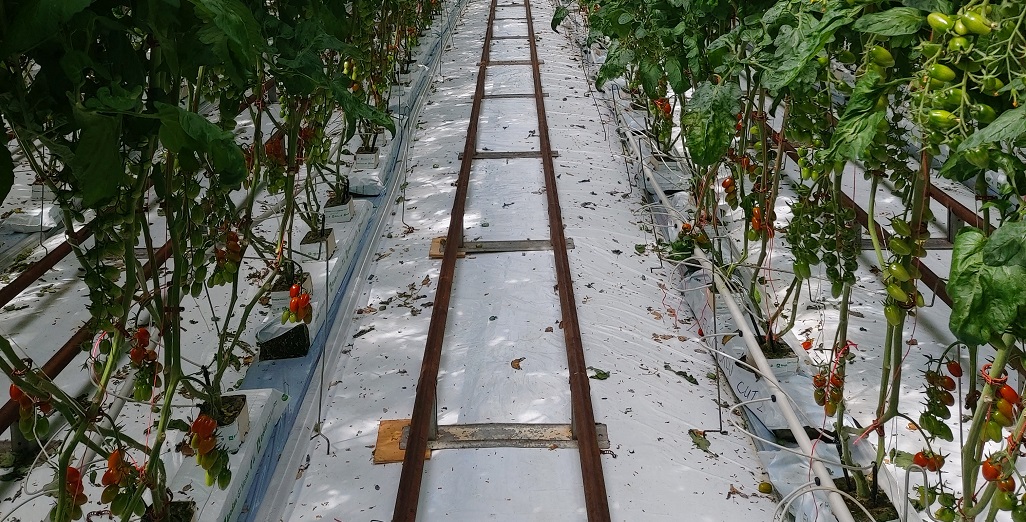
Fleecegrow turning wool into substrates a reality – GROWER SURVEY
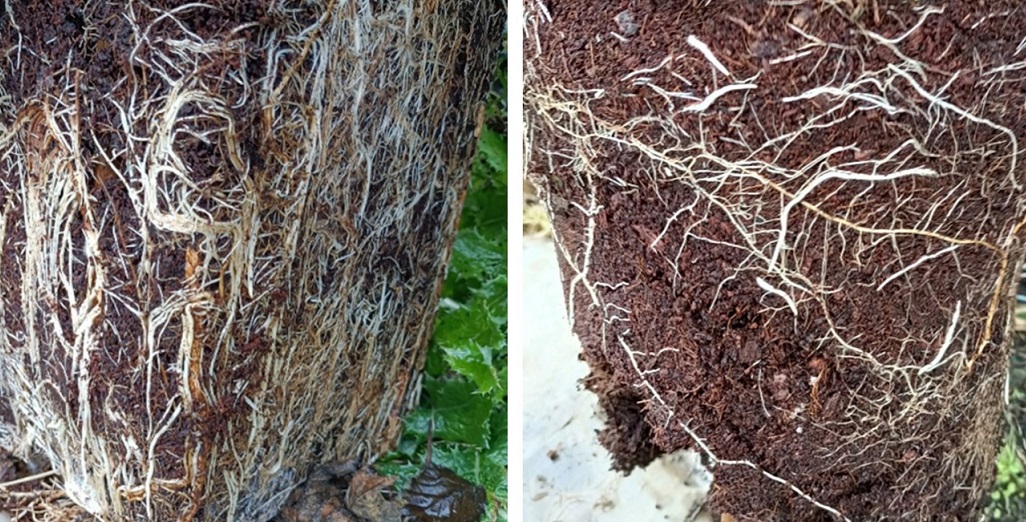
Synergy – protect plants from various soil-borne pathogens.
